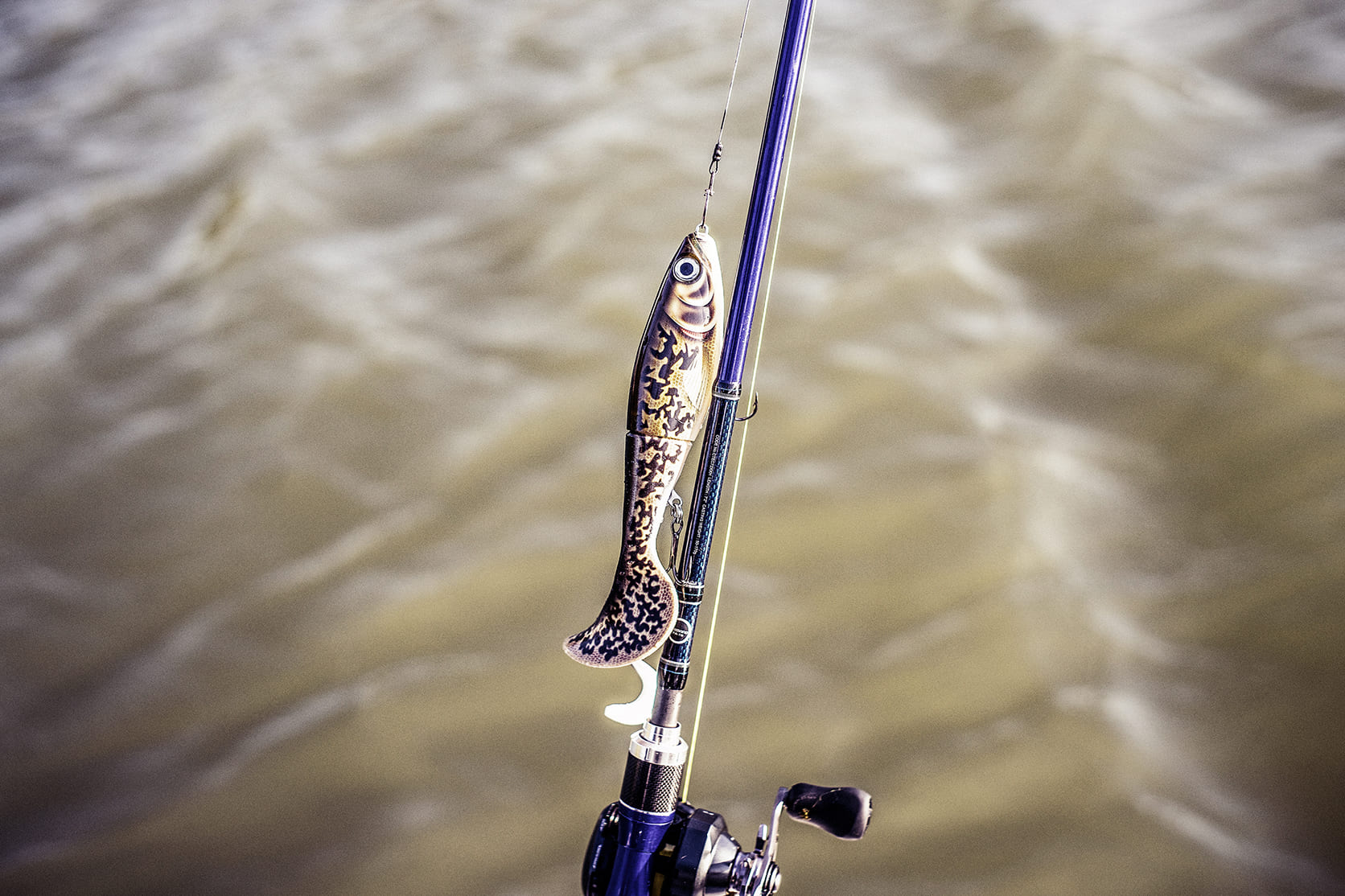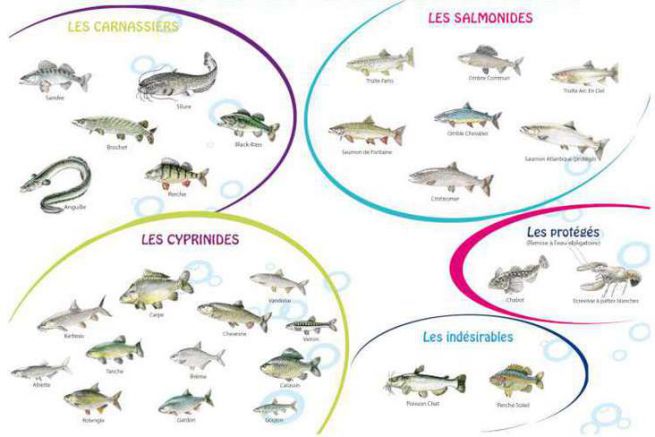
A casting rod is a model that has a different reel seat and an upright arrangement of the guides. These rods tend to be used for very specific fishing techniques, but are becoming increasingly popular for a wide range of uses.
To make the best choice in your search, you'll need to read the advice we've provided to help you find your way around our fishing rods, especially if you're one of those anglers who are still new to using this equipment.
The species of fish you'll be targeting will be a crucial first indication. You won't use the same model for trout, pike-perch or pike. The line you'll be using and the sensitivity of the fish you'll be fishing will require different approaches.
The lures you use will also need to be taken into account. Depending on their weight, you'll need to match the range of use of the casting rod you choose, particularly to indications with grams. The guides, the taper of the blank and its reinforcements will ensure excellent comfort, especially when balanced with a suitable reel.
Finally, we'll see that sectors and location will help you choose a particular size or range. You'll be fishing in a very different way from a boat than from the shore, with completely different casting requirements.
All that's left for you to do is choose a quality line, a lightweight reel with a quality bearing to enhance your choice.
A choice based on species

It may seem logical, but it can be complicated when it comes to making a decision. We'd all like gear that covers as many uses as possible, but that's just not possible.
Trout are rarely fished with this type of equipment, but it will be used more and more regularly. You'll have to turn to bait finessing techniques. This includes a lightweight foil and a top-of-the-range reel capable of propelling lures weighing a few grams at a good distance.
Pole fishing also requires light tackle. Adapted to the lures generally used for research, the collection of rods should regularly be in the light, medium or medium light range to be both effective and enjoyable with each fish. Be careful to keep your reserves at moderate power levels so that you can make the most of every moment - the touch, the strike and the fight.
Pike-perch can be fished in a variety of ways. They are best fished linearly with soft lures. Medium or Medium Heavy power rods are best, depending on the weights used. The important thing is sensitivity, so you can sometimes detect very discreet bites from these wary fish. You can also opt for casting rods for vertical fishing, which also require a high level of sensitivity.
Pike fishing is much more varied. Its highly variable size means you can fish for it in very different ways. You can use hard bait, spoons, soft lures, jerks, swimbaits, spinnerbaits ..... And many other different lures. Some emit a lot of vibration, others much less, so you'll need to adapt your equipment accordingly. The choice of line may also be important and tip the balance towards different options.
Catfish are another species that can be tracked with this type of tackle. This ultra-powerful and heavy predator requires blanks that are often made of fibre for greater strength. They will be able to accommodate a large-diameter nylon or braid line. Most of the time, these rods will have the advantage of being able to handle both types of reel, thanks to a multi-purpose ring ramp.
Casting rods: the choice depends on the weight of the lures
This is a key factor to take into account. Depending on the lures you're going to use, you'll need a suitable model of rod. Each blank is marked with a range of use. This gives anglers an idea of the strength of the carbon and what can be done with it.
This information is often expressed in grams or oz for American models. The lure you put on the end of your braid should fit within the range indicated. This ensures that you get the most out of all the technical features at your disposal.
If you use too light a weight, you'll feel like you're casting a feather. You'll only get very short casting distances and you'll have very little feel for the animation, so you won't be able to offer the ideal presentation. You'll probably get bored very quickly, feeling like nothing is happening. Even if you have a reel with an ultra-high quality bearing, you won't be able to exploit the capacities of the selected collection.
On the other hand, if you ignore the advice given on the blank with heavier-than-expected casts, you run the risk of rapidly damaging the carbon fibre and rapidly changing all the properties of your equipment. The same ones you tried and tested to make your final choice. Of course, you run the greatest risk of rapid breakage, bearing in mind that repairs to carbon are not at all possible, or even changing the comfort you had appreciated.
Your riding area
You will generally practice either from the shore or from a boat. The former will require length. Quite simply because those extra centimetres ensure greater casting distances. And you'll need to go further and further to cover a lot of spots. This will also give you the opportunity to cast from a greater distance and get an easier return on your hits.
Practising from a boat will require less length. This will allow you to be lighter and more manoeuvrable for greater responsiveness and even greater sensitivity.
See also :
